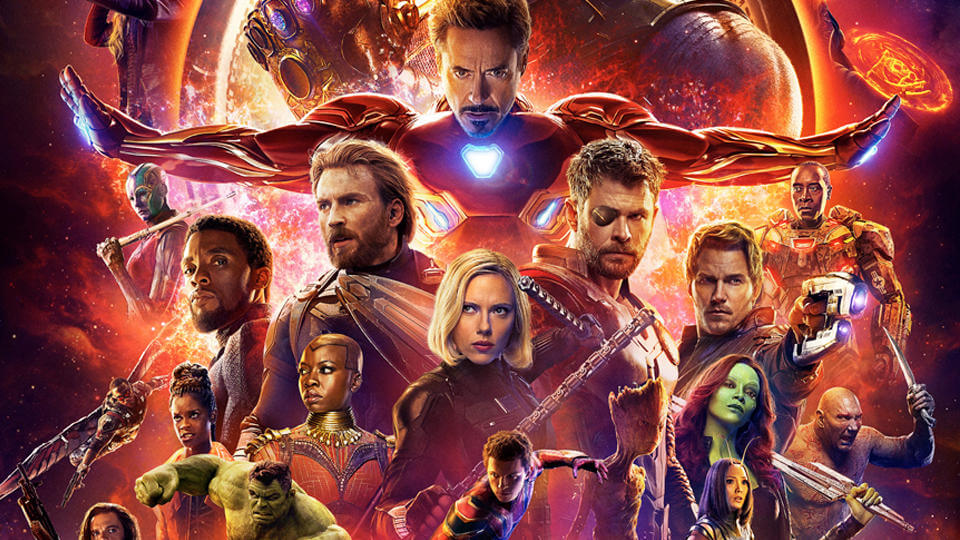After initially struggling financially, Marvel released Iron Man in 2008. This was the pre-Disney Marvel, still weighed down by deals done to release Spider-Man and X-Men to Sony and Fox respectively. These stories were arguably their most marketable intellectual properties, and it was to be that they wouldn’t stand to make further money (initially purchase aside) from them for quite some time. Pre-Disney, Marvel realised they needed something new. That’s when the idea for a Marvel Cinematic Universe came about. It was the chance to push their extensive back-catalogue of characters to the front of what was quickly becoming the decade of the superhero movie. There were fears their lesser-known characters such as Thor or Iron Man may not get traction, but the studio had the belief that an expanded storyline would entice people to learn more.
The year that followed Iron Man was huge for the company. Bought by Disney for a then-whopping $4 billion, and the dream of an extended universe of characters and story-arcs, previously held back by investor doubts, the superhero superpower had a new level of punch. The partnership between the two mighty companies has never looked back.
The first phase of the MCU was a resounding success. The casting of Robert Downey Jr as Tony Stark was seen as a risk, but on reflection was probably one of the most perfect, inspired pieces of casting of recent movie history. It’s not too bold to say that without Downey Jr, Iron Man and the whole Marvel universe wouldn’t have been the success we see today. Sure, there would have been money made, and the MCU would still exist, but it wouldn’t be the same. And maybe that’s the biggest thing Disney has continually brought to the project – an excellent level of judgement. Because success isn’t always how much you do, but what you do and what you actively don’t. Case in point? The Hulk.
The Hulk’s character had been a learning curve for a few years before the Disney acquisition. The absolute disaster that was HULK tainted the character in 2003, and Edward Norton’s portrayal of Banner in the second, albeit hushed film in the MCU, was essentially shunned in favour of a less Hulk-centric series of films. It’s this judgement that has resurrected the character and helped it thrive. Mark Ruffalo is superb as the conflicted Bruce Banner and has given an extra dimension to a character of unbelievable physical strength through emotional and mental frailty. Cutting the Hulk story arc from the previous phases of the MCU has been a masterstroke and another example of Disney’s experience and conviction when putting together movies.
Phase two of the MCU brought about a new style of films. Captain America: The Winter Soldier is arguably the most well-rounded Marvel film of all time, offering great action, character depth and evolving Chris Evans’ Captain America into something a little more than the perfect, all-American soldier he has always been seen as. It’s this film that expertly allowed Cap to develop into a conflicted, distrusting character that we will see in Infinity War.
There’s more to the recent phases than meets the eye, too. And it’s arguably shaping the way people approach superhero movies and what they expect from them. The beginning of this was Guardians of the Galaxy.
The Guardians of the Galaxy, to most viewers, were an unknown quantity. A tree, a racoon, the muscular alien, a human and a revengeous unknown. Not what many viewers would consider being a classic combination. But James Gunn’s hugely loved origin story about Groot, Rocket, Drax the Destroyer, Peter Quill and Gamora has become an instant fan favourite and allowed a shift in dynamic that has probably refreshed the genre for the better, for the long-term. This refresh included humour and a level of visual style in recent films that is colour-orientated, bright and bold (could this be a gentle nod to the five colours of the infinity stones?)
The increased level of humour in the MCU films may have come from an attempt to include newer, more creative faces into the writing and directing chairs to create a more multi-textured universe. Marvel fans are die-hard, but not stupid. The early criticism of the arc was that, by and large, the origins and their sequels were predictable. Phase one was straight-forward and arguably unimaginative, but the second and third phases added new stories, more humour and underused characters. Ant-Man, Black Panther and Captain Marvel are lesser-known entities but are all either part of the current universe or have movies upcoming. With such a huge catalogue, we should expect more female characters to enter the universe.
So, what else can we expect? We’ve hit Infinity War, and there’s likely to be a new order amongst the Avengers. A greater level of creativity should continue to strike through the series, while the success of Deadpool for 21st Century Fox could see Marvel create more 15-rated films and riskier, edgy movies. Whether this would be included in the main MCU story would be doubtful, but the fact that the phase system of releasing movies will end after phase three, we may see more stand-alone films produced to appease an older, more mature audience.
Marvel’s journey to world domination has been a long one, but it’s been planned to perfection, and there is no doubt that the next 10-15 years worth of movies have been slated for release dates internally within Marvel. There’s a general feeling that the juggernaut may slow down, but with Black Panther’s record-breaking release, there’s a clear eagerness for interesting, alternative narratives amongst the hustle and bustle of explosions and action. Whatever happens at Marvel HQ, be sure that they won’t be taking the road easiest travelled. And we can’t wait.



